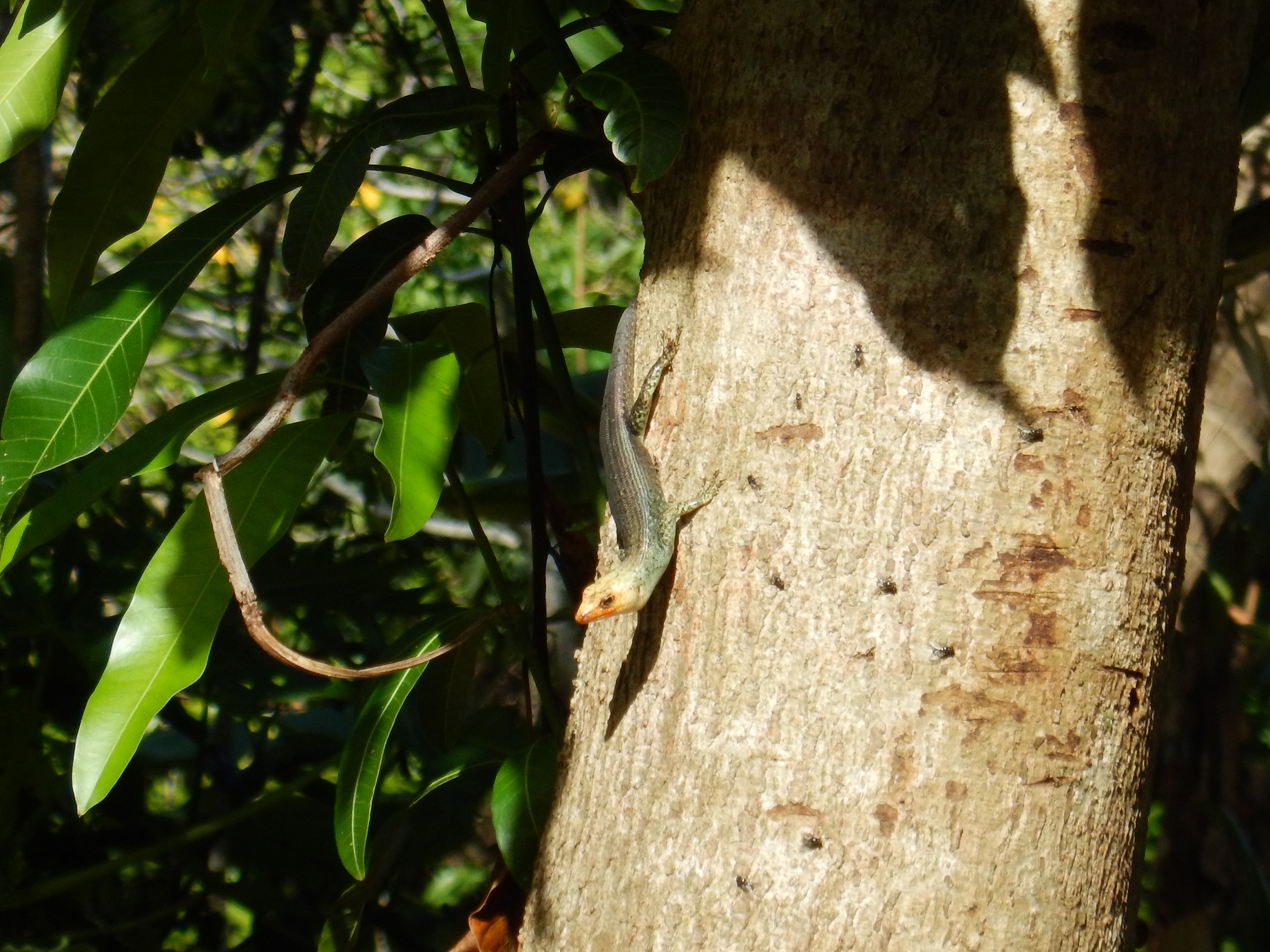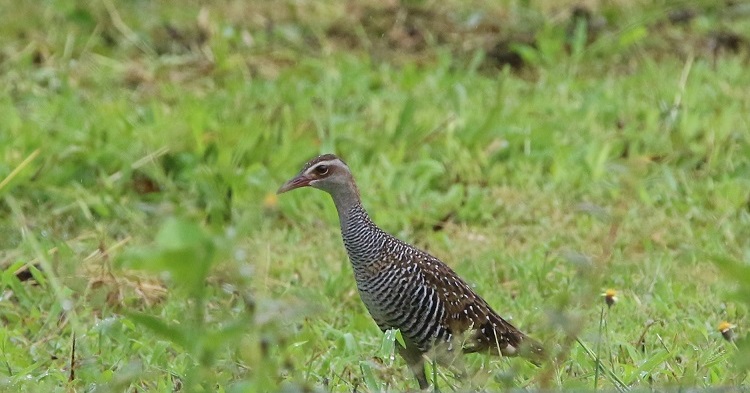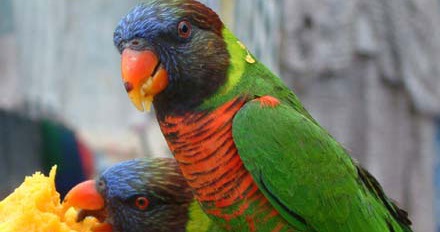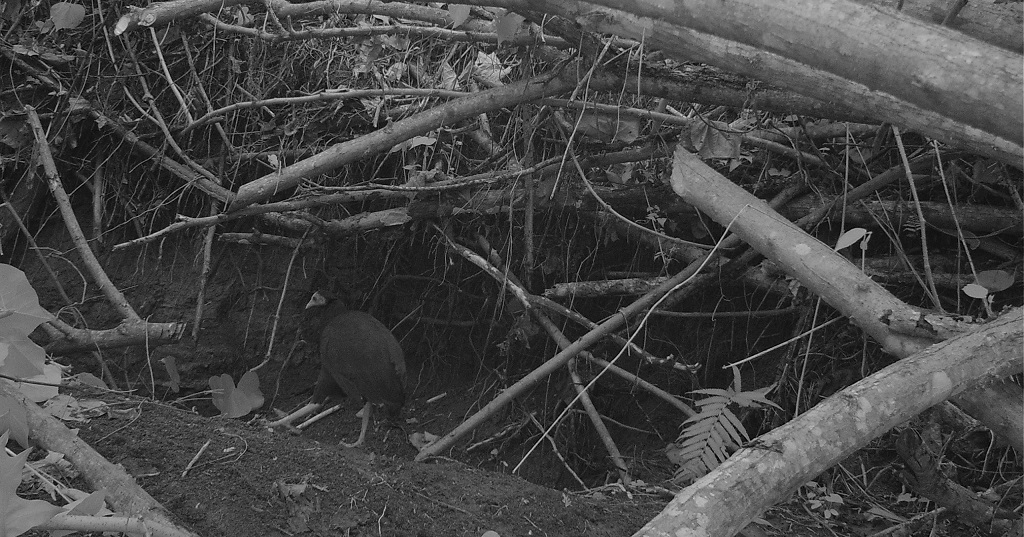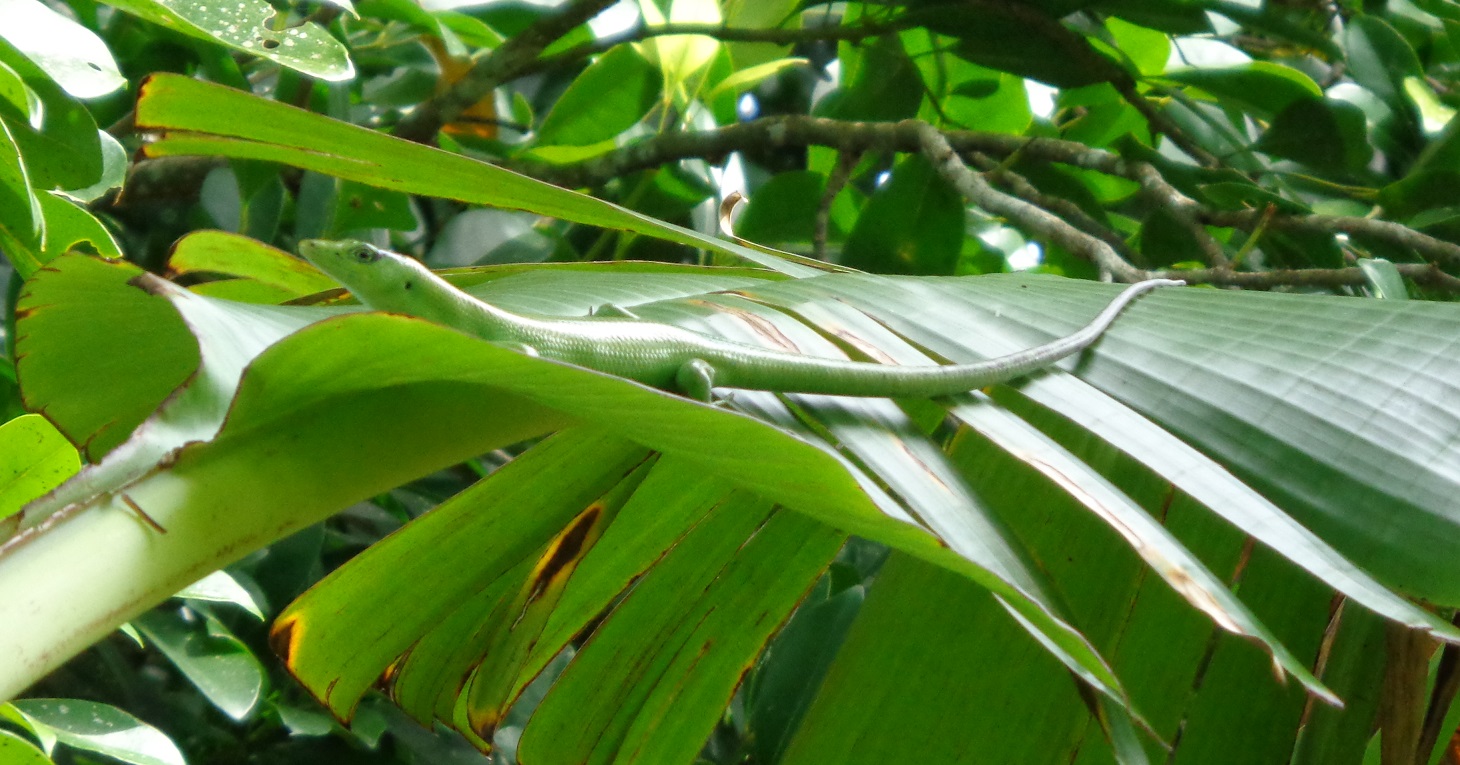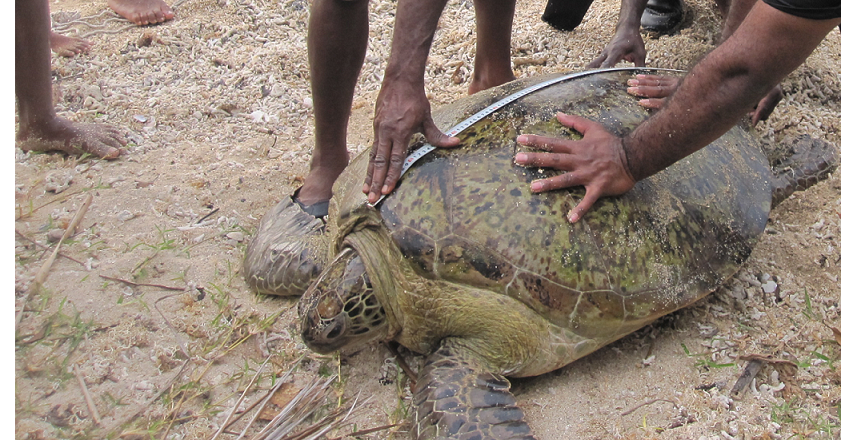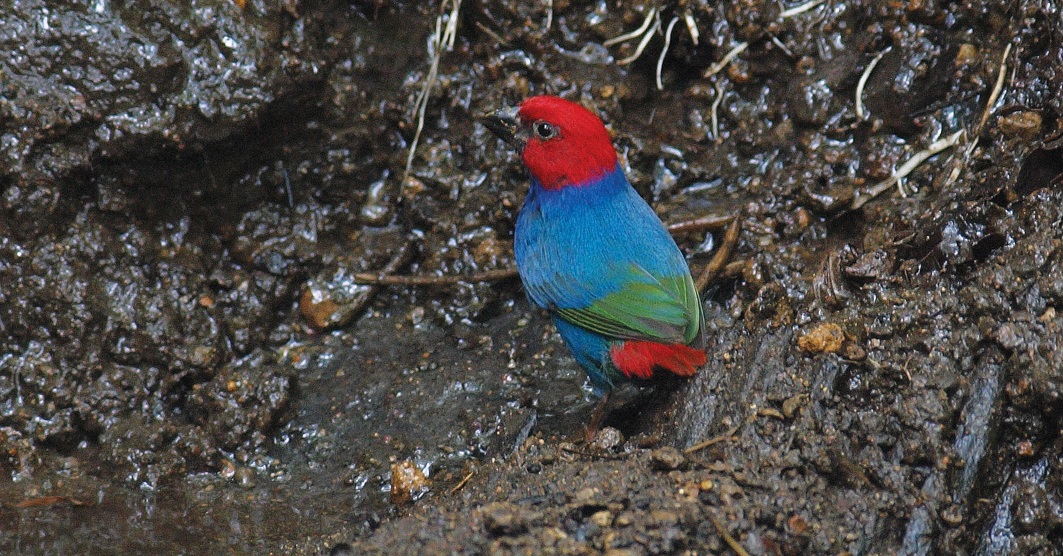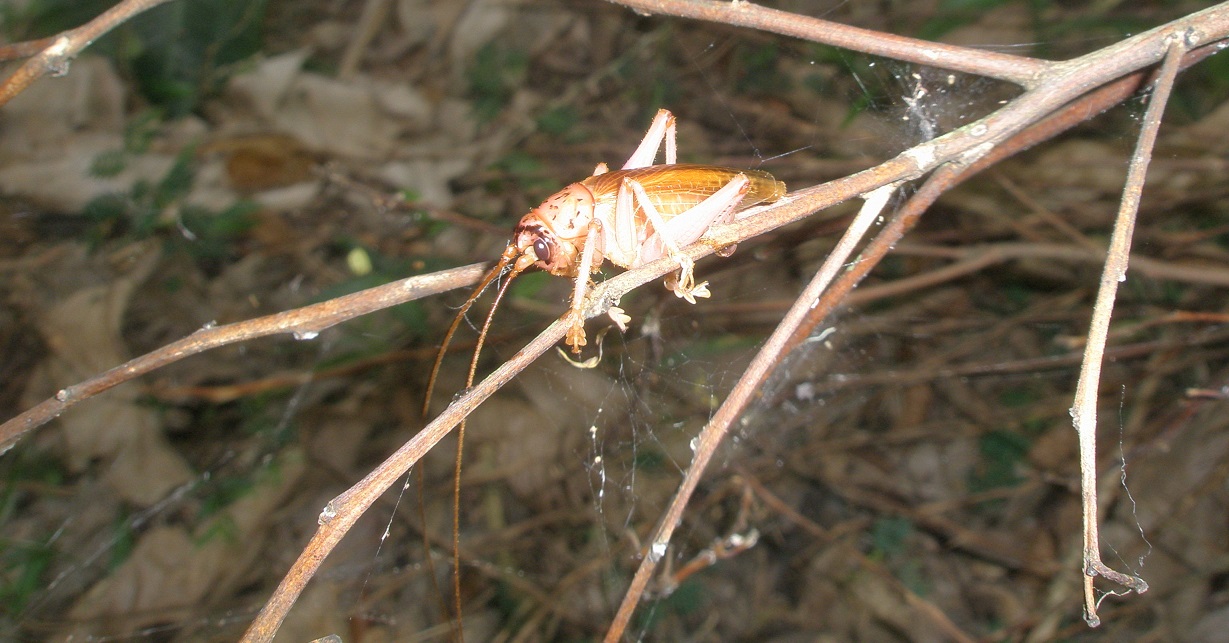Conservation includes the preservation and protection of natural resources and heritage
"Conservation" is an English word that has been used regularly in Vanuatu since before independence in 1980. It has many different meanings depending on who uses it and where it is used. The term "Conservation" first appeared in the National Parks Act (No 7) of 1993 which allows for the protection of areas that have “outstanding value from the point of view of science and conservation.”
Now, the Environmental Protection and Conservation Act CAP 283 also uses the word conservation. This Act is the most comprehensive national environmental legislation to date and it specifically enables the declaration and registration of "Community Conservation Areas".
But conservation isn't new to Vanuatu. Notable examples of long-enduring Community Conservation Areas are the Uri, Narong, Wiawi, and Ringi Te Suh marine reserves on Malekula established in 1991, Mystery Island reserve on Aneityum (1995) and Spuaki Conservation Area on Nguna (1998). Early government-initiated, top-down Community Conservation Areas in Vanuatu also include the Kauri Forest Reserve (Erromango; 1995) and Vatthe Conservation Area (Santo; 1993).
Community Conservation Areas have garnered strong interest among ni-Vanuatu villages. It is estimated that the total number of informal CCAs is over 250 across the archipelago. Now there are even networks of CCAs, including the Nguna-Pele MPA Network (2003) and the Crab Bay MPA Network (2004). (extracted from the Community Conservation Area information booklet)
conservation includes the preservation and protection of natural resources and heritage. Throughout Vanuatu, many natural and culturally significant areas are protected under custom law or 'taboo'. With the assistance of the chiefs, this system proves to be a very effective way of controlling the use of resources in rural communities.
The Department of Environmental Protection and Conservation (DEPC) continues to work closely with local communities and encourage them to protect their important resources through the use of 'taboo' as already they are very familiar with the system.
Where is conservation being practiced in Vanuatu?
At the national level, several areas have been established and recognized by the national government as protected areas. A historical marine reserve on Santo has been established under the Fisheries Act (1982) to protect the wreck of the ship, the President Coolidge.
A Cultural Reserve has been established to provide for management of Tanna's Yasur volcano. A Kauri Reserve on Erromango was established in the 1990s under the Forestry Act (1982).
Vatthe Conservation Area in Santo was also established in the 1990s to protect the biodiversity of Big Bay forests which is richest in the country.
A community based marine conservation called 'Ringhe te Suh' was also established in the 1990s on Maskelyne Island, Malekula.
If a community wishes to create a Conservation Area in their area, or alternatively cancel an existing one in their area, they can apply to the DEPC to help them do so.
Why should conservation be practiced in Vanuatu?
The conservation of Vanuatu Fauna and Flora, thereby its biodiversity, is both an assurance and investment.
By conserving the full variety of plants and animals we:
- Maintenance of critical ecological processes necessary for human survival
- Protecting, preserving genetic diversity in flora and fauna species
- Keep open future options to use natural resources
- to sustain and improve agriculture, forest and fishery production and to develop and promote alternative income oppurtunities
How to promote and practice Conservation
These are some of the things that you can do:
- Community Awareness Raising - The leaders of your community (such as chiefs, church, youth and women leaders) should hold a community awareness meeting to ensure that every members of the community knows and understand the issues and status of the endangered, threatened and endemic species that are found in the community or on the island and, also, to discuss ways that the community can do to protect these species.
- Place seasonal or permanent taboo - Traditional taboo is a very good way of conserving resource. After consultation with the people, community leaders such as chiefs should place a seasonal or permanent taboo on those resources that have become endangered or threatened (including endemic species).
- Management Plan for important species - Community leaders such as chiefs should also consult with their people and develop a management plan for the endangered, threatened and endangered species.
They should be able to identify those species that are highly used domestically for food and especially for commercial purposes.
In the management plan they should create simple village rules or control measures (such as the Dos and Dont's) for the sustainable use of each species.
For example, quota harvest in a week or month or year per household. Another example is, do not hunt, harvest or collect certain species during breeding season. - Respect size limits - Fisheries regulation has placed size limits on certain commercial species such as lobster, green snail, trochus, coconut crab, triton shell including some restriction on the harvest of fishes and corals and other aquarium species for export purposes.
Community leaders such as chiefs must ensure that their people observe and respect the size limits. - Research work requires a permit - Any kind of research on Vanuatu species especially those that are to be undertaken by foreign researchers, requires a permit to be issued by the DEC. As a control measure, please report to this office if you suspect any foreign researcher that you see at your place or on your island.
- Beware of invasive species - Before bringing in a new live plant or an animal from another country into this country or from another island to your island, first of all find out more information about the plant or animal and secondly, check quarantine procedures on importation of plants and animals. If you are not sure, please contact the DEC for further advise.
- Ensure environment considerations are included in major development projects - If your community or island engages in a major development project, ensure that EIA is undertaken and that the assessment takes into account any important plant or animal species found in the project area, and the mitigation measures to protect them.
- No pollution of rivers and lakes - Community leaders should ensure that their people do not throw any form of rubbishes into a nearby river or lake.
Also, to ensure that pesticides and chemicals are not used too close to the water because this might poison and kill the plants or animal species living in and around the water source.


